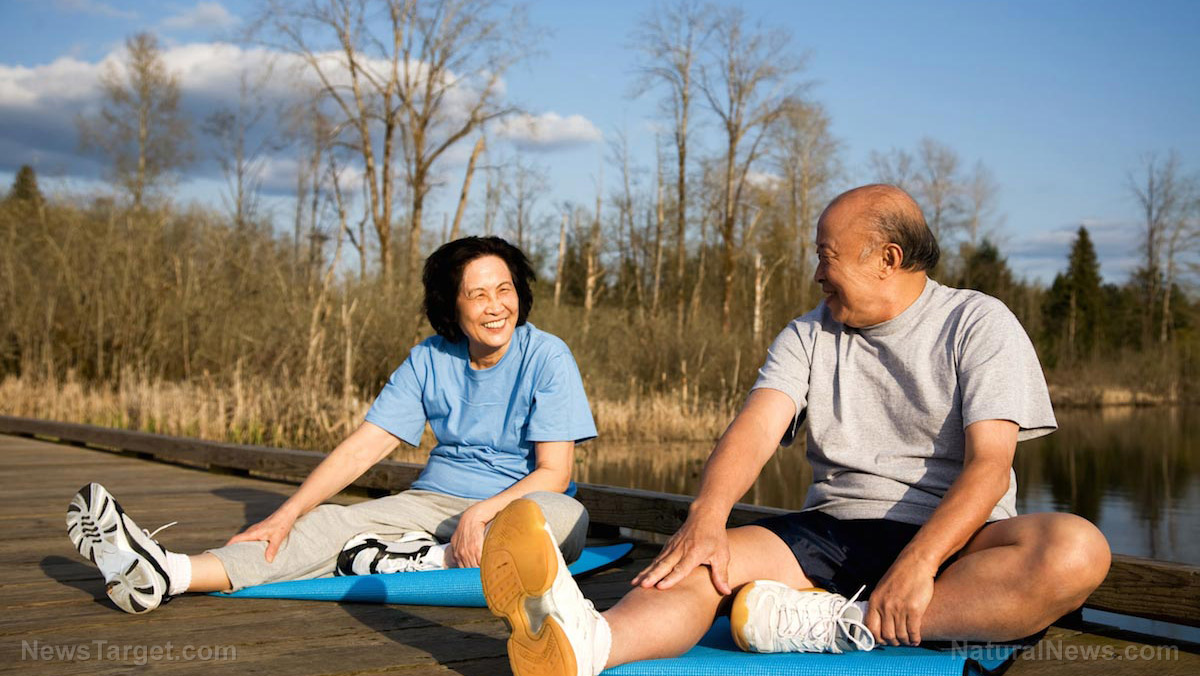


This approach acknowledges that different amounts of physical activity are required at various stages of life for maximum health benefits (Table 1). There are different recommendations for each age group, summarised in the table below. See more information on Physical activity.īox 1: Australia’s Physical Activity and Sedentary Behaviour GuidelinesĪustralia’s Physical Activity and Sedentary Behaviour Guidelines (the Guidelines) are a set of recommendations outlining the minimum levels of physical activity required for health benefits, as well as the maximum amount of time one should spend on sedentary behaviours to achieve optimal health outcomes (Department of Health 2017). Physical inactivity contributed 10–20% of the individual disease burden from diabetes, bowel cancer, uterine cancer, dementia, breast cancer, coronary heart disease and stroke (AIHW 2019) (see Burden of disease). In 2015, 2.5% of the total disease burden was due to physical inactivity (AIHW 2019).

Being physically active improves mental and musculoskeletal health and reduces other risk factors such as overweight and obesity, high blood pressure and high blood cholesterol. People who do not do sufficient physical activity have a greater risk of cardiovascular disease, type 2 diabetes and osteoporosis. Low levels of physical activity are a major risk factor for chronic conditions. active playgrounds for children (for example, monkey bars, climbing frames, skipping or hopscotch).squats, push-ups, sit-ups and weight training.high-intensity activities (for example, cycling, dancing, gymnastics or gardening that requires digging or lifting).These results support increased physical activity levels as a possible nonpharmacological pathway towards reducing or preventing chronic pain.‘Physical activity’ is any bodily movement produced by skeletal muscles that requires energy expenditure (WHO 2017a). "Physical activity did not significantly moderate pain tolerance change over time, though estimates suggested a slightly falling effect possibly due to ageing. This indicates that not only total physical activity amount matters but also the direction of change," the authors write. "Pain tolerance increased with higher total activity levels, and more for those who increased their activity level during follow-up. Compared to sedentary participants, light, moderate, and vigorous physical activity groups had higher pain tolerance. The researchers found that participants with high consistent physical activity levels over the two surveys had significantly higher pain tolerance than those staying sedentary. Questionnaires were used to ascertain levels of leisure-time physical activity (sedentary, light, moderate, or vigorous) and the cold-pressor test was used to measure experimental pain tolerance. TUESDAY, (HealthDay News) - Being physically active over time is associated with higher pain tolerance compared to being consistently sedentary, according to a study published online May 24 in PLOS ONE.Īnders Pedersen Årnes, from the University Hospital of North Norway in Tromsø, and colleagues used data from 10,732 participants (51 percent women) in the sixth (2007 to 2008) and seventh (2015 to 2016) waves of the Tromsø Study to assess whether habitual leisure-time physical activity level and physical activity change affects pain tolerance longitudinally. Editors and writers make all efforts to clarify any financial ties behind the studies on which we report. All of our articles are chosen independent of any financial interests. HeathDay is committed to maintaining the highest possible levels of impartial editorial standards in the content that we present on our website. Any known potential conflicts of interest associated with a study or source are made clear to the reader.Įditorial and Fact-Checking Policy for more detail.Įditorial and Fact-Checking Policy HealthDay Editorial Commitment.Each article includes a link or reference to the original source.Peer-reviewed journals or issued from independent and respected medical associations, academic groups and governmental organizations. Unless otherwise noted, all articles focusing on new research are based on studies published in.All articles are edited and checked for factual accuracy by our.Team of industry experts to ensure accuracy. Our syndicated news content is completely independent of any financial interests, is based solely on industry-respected sources and the latest scientific research, and is carefully fact-checked by a HealthDay operates under the strictest editorial standards.


 0 kommentar(er)
0 kommentar(er)
